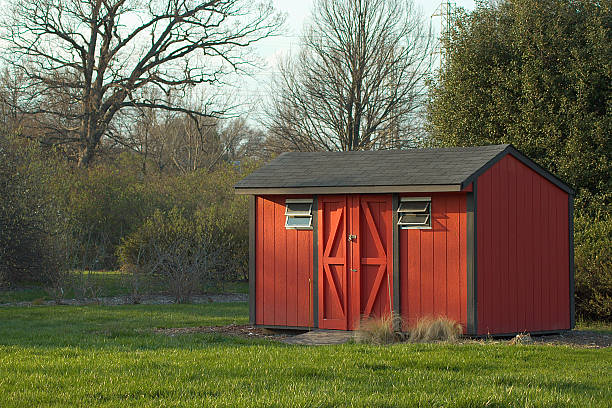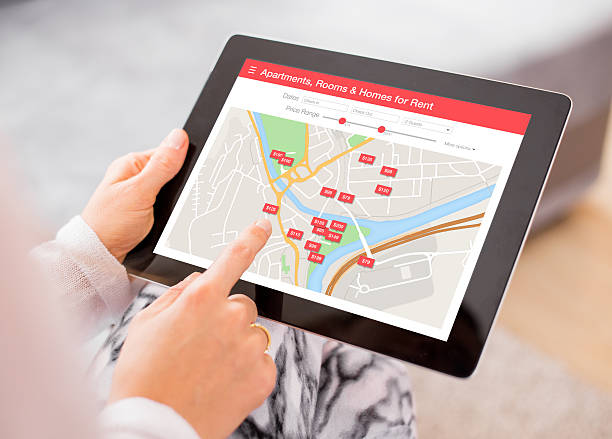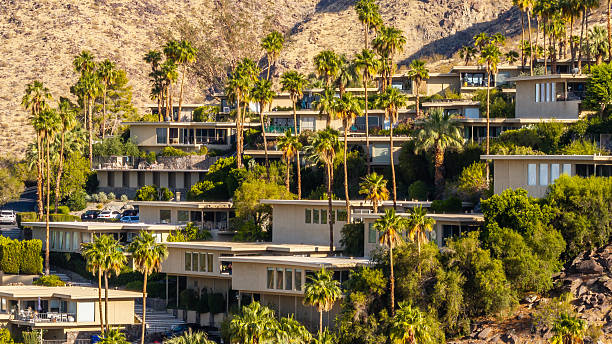Do You Need a Permit for a Shed in Unincorporated LA County?
Building a shed sounds like the kind of project homeowners should handle without much thought. Buy the materials, find a weekend, and put it up in the yard. For many people, it feels like the very definition of a do-it-yourself project.
Table of Contents
ToggleYet in Los Angeles County, things are never that simple. The rules surrounding sheds, even small ones, can get surprisingly complicated. In my opinion, the confusion is not just a quirk of the system—it reflects deeper problems with how LA County handles land use and building regulations.
This article explores when you need a permit, why the rules differ in unincorporated areas, and why homeowners so often feel trapped in a maze of contradictory answers. I will also explain why I believe the current system pushes residents toward either giving up on improvements or building without permits, neither of which benefits the community.
The 120-Square-Foot Rule
The most common number that comes up in shed discussions is 120. In Los Angeles County, most detached accessory structures under 120 square feet are exempt from building permits. On paper, that makes sense. A small structure without plumbing or permanent foundations poses little structural risk.
But here’s where the problems start. “Floor area” does not always mean what homeowners think it means. Some county offices calculate it inside the walls. Others measure outside dimensions. In some cases, zoning staff and building staff give conflicting definitions.
For a homeowner, this inconsistency is maddening. Imagine designing a shed that measures exactly 120 square feet by interior dimensions. One department might bless the plan, while another insists you exceeded the limit. It feels arbitrary because, frankly, it often is.
In my view, if the county wants compliance, it must use clear, uniform definitions. Instead, residents get a patchwork of interpretations that changes with each staff member you encounter.
Setbacks and Space Limitations
Even if you avoid the permit requirement through size, you still face setback rules. In many parts of unincorporated Los Angeles County, accessory structures must be placed at least five feet from property lines.
This rule makes sense in theory. It prevents fire spread, reduces disputes between neighbors, and keeps yards from becoming overcrowded. Yet on small lots, that five-foot setback on each side can make a shed impossible.
Consider a typical lot that is 40 feet wide. Deduct five feet on each side, and you lose 10 feet of usable space. If the shed itself is 10 feet wide, you are left with little flexibility. The result is frustration. Many homeowners feel that the county enforces urban-scale setbacks on suburban or rural-style projects.
I believe this shows how the rules often ignore the lived realities of property owners. Regulations should adapt to context, but in Los Angeles County, they rarely do.

Electrical Permits: A Non-Negotiable Step
Now let’s add electricity. For many people, a shed is not just storage. It’s a workspace, a home office, or even a small studio. That requires wiring, outlets, and lighting.
Here the rules become strict. Any permanent electrical installation requires a permit. Inspectors must confirm that the wiring meets code and that the connections are safe. On this point, I support the county. Electricity is too dangerous to allow shortcuts.
The problem is not the requirement itself but the process that follows. Applying for an electrical permit can mean weeks of delay, multiple visits to county offices, and inconsistent answers depending on who reviews your application. Some homeowners report being bounced between departments, with each office claiming another should handle it.
In practice, many residents grow tired of the process and either skip the permit or run dangerous “temporary” wiring. That outcome undermines the very safety the rules were designed to protect.
The Temptation to Skip Permits
Given all these hurdles, it’s no surprise some people decide to build without permits. On forums and in neighborhood conversations, you hear it often: “Just build it. Nobody checks.”
That approach feels tempting. Enforcement in unincorporated areas is spotty. Inspections often depend on neighbor complaints. If no one reports you, the shed might stand for years without issue.
But I believe this is shortsighted. If you sell the property, unpermitted structures can complicate the transaction. If a fire occurs, insurance may refuse coverage. And if an inspector does show up, you could face fines or even be forced to tear the shed down.
Skipping permits might save headaches today, but it creates bigger risks tomorrow.
Why Unincorporated Areas Add Confusion
The situation grows even more confusing because unincorporated Los Angeles County follows different rules from incorporated cities. Many people assume they follow Los Angeles City’s codes. That assumption is wrong.
Unincorporated areas fall under the Los Angeles County Department of Public Works and Department of Regional Planning. These agencies enforce county codes, not city codes. While the broad principles are similar, the details often differ.
For homeowners, this means hours of digging through dense code sections and trying to figure out which rules actually apply. In my opinion, the county has done a poor job of making these standards accessible. The average resident should not need a consultant or an attorney just to understand if they can build a shed.
The Larger Problem with LA County Permitting
The shed question might seem minor, but it reveals a larger truth. Los Angeles County’s permitting system is designed around complexity. Each rule, each definition, each setback requirement reflects layers of bureaucracy built up over decades.
The result is a system that ordinary homeowners cannot navigate easily. And when people cannot understand the rules, they either abandon projects or proceed illegally. Neither outcome benefits the county or the community.
In my opinion, this is why consulting firms exist. Homeowners should not have to pay professionals to build a shed, yet the system makes it feel necessary. Until Los Angeles County streamlines its process, that reliance will continue.
Practical Advice for Homeowners
Despite my criticisms, I recognize homeowners still need solutions. If you want to build a shed in unincorporated Los Angeles County, here are steps I recommend:
Confirm the size exemption in writing. Do not rely on verbal assurances. Get documentation from the county that your shed qualifies if it is under 120 square feet.
Check setbacks before you build. Measure carefully. Even small mistakes can trigger enforcement later.
Plan for electrical permits. If you want power in the shed, accept that you need a permit. Do it right the first time.
Document everything. Keep copies of applications, emails, and approvals. Paper trails matter in disputes.
Consider professional help. If the process feels overwhelming, hiring a permit consultant can save time and reduce risk.
My Opinion: Why This Needs Reform
To me, the shed issue highlights a fundamental mismatch. Homeowners want simple improvements. The county enforces complex rules. The result is confusion, frustration, and mistrust of government.
Permitting should encourage compliance, not discourage it. Rules should be clear, consistent, and easy to follow. Instead, Los Angeles County has created a system where even building a shed feels like a legal battle.
That needs to change. Until it does, residents will keep struggling, and the temptation to cut corners will remain strong.
Conclusion: Permit for a Shed in Unincorporated LA County
So, do you need a permit for a shed in unincorporated Los Angeles County? The short answer is yes—if it is larger than 120 square feet, too close to the property line, or wired with electricity. The long answer is more complicated, shaped by confusing rules, inconsistent definitions, and a bureaucracy that often seems more interested in process than outcomes.
In my view, the shed debate is not about storage or backyard projects. It’s about how Los Angeles County regulates land use and whether those regulations serve the people who live there. Right now, I believe the system fails on that count.
Homeowners deserve clarity. They deserve rules that make sense. Until that happens, every shed will be more than just a shed—it will be a reminder of how needlessly difficult it is to build in Los Angeles County.
Planning a shed in unincorporated LA County? The expert team at JDJ Consulting Group can simplify the permitting process and help you avoid costly mistakes—contact us today for expert guidance.
Error: Contact form not found.






